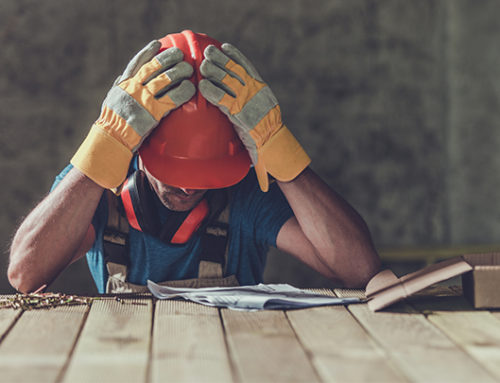Flood Resistance
You may need to consider upgrading your property to defend it from the risks associated with flooding. So improving the walls, floors, drains and service intakes could be measures you take to ensure that your property can cope in the event of a flood. The following could help:
• Demountable, purpose-made doors and opening guards or flood boards
• Flood skirts which can be raised around the perimeter walls of the building
• Water guards for openings such as air-bricks
• Tanking of internal floors and basement walls
• Non-return valves fitted to drains, water inlets & outlet pipes
• Keep a stock of sandbags – ask your local council who may be able to supply some for you
Note: Most properties in the UK can only be protected from flood waters to a maximum height of 900mm and in some cases this may be restricted to 600mm. These levels are prescribed to prevent structural damage to properties caused by the uneven hydrostatic loads between the inner and outer walls of a building, which if not stabilised may cause the walls to collapse. In the event that flood defence solutions are required to a height greater than 900mm, advice from a Structural . Engineer should be sought.
Flood Resilience
These are measures which make the fabric and areas of the building more robust and easier to clean, dry out and reinstate, in the event of flood-water entering the property:
• Replacing timber or tiled ground floors with solid or suspended concrete floors incorporating robust damp proof membranes
• Incorporating a slight fall and a sump pump to ground or basement floors to pump out any flood water entering
• Raising gas and electrical intakes, any pipes or cables and electrical sockets above likely flood levels
• Minimising the use of timber and chip board in ground floor and basement locations
• Using water resistant finishes such as lime plaster or cement render
• Raising or relocating critical equipment or any stock that may be vulnerable to another part of the property that is not at risk of flood water
Some things to consider
You should contact your insurance provider immediately after a flood and it’s important you follow their advice.
Before
• Check the roof of your property / home on a regular basis to look out for any slipped or missing tiles, loose or cracked flashings or worn concrete
• Keep all drains and gutters clear of debris. During high rainfall, blocked gutters etc could cause extensive water damage to your home
• Cut back any large branches (especially dead ones) which overhang your home, property or out buildings
• Back up your computer to avoid the loss of any sentimental or business material (such as family photos). Both lightning and flood damage could wipe a computer’s hard drive
• Make sure any valuables are locked safely away, preferably in a waterproof container kept on an upper floor
After
• Continually monitoring the Flood-line (0845 988 1188) and other weather information services for any updates
• Isolate any gas or electrical supplies
• Be aware of water-borne diseases and implement any appropriate hygiene precautions
• Keep away from low lying areas or basements which may contain harmful vapours and gasses until specialist clearance has been obtained
Useful links
• The Environment Agency (EA):
www.environment-agency.gov.uk
• The Scottish Environment Protection Agency (SEPA):
www.sepa.org.uk
• Rivers Agency of Northern Ireland:
www.dardni.gov.uk/riversagency
• National Flood Forum:
www.floodforum.org.uk
• The Blue Pages directory:
www.bluepages.org.uk
• Flood Protection Association:
www.thefpa.org.uk
• Association of British Insurers:
www.abi.org.uk
• British Insurance Brokers Association (BIBA):
www.biba.org.uk
• The Royal Institute of Chartered Surveyors (RICS)
www.rics.org/flooding
Emergency Kit…
Keep an emergency kit ready and make sure it is somewhere you can get to easily. Any kit should include:
• A torch
• Canned food and portable cooking equipment
• Bottled water
• Portable radio, along with spare batteries
• Blankets, waterproof clothing and boots
• A list of local emergency numbers (e.g. the council)
• Your insurance details
• First Aid kit
Once evacuated don’t enter the flooded property (home or bussiness) unless advised that it is safe to do so by a competent person
Source- ABI







